About Takahiro Locker
Takahiro Locker is a ransomware type of virus that encrypts files. If you recently opened a spam email, that’s how you probably ended up with Takahiro Locker. Once it’s on your computer, it will encrypt your files and you won’t realize what is going on until it’s too late. And then, the only way to recover files would be from backup. Of course, the hackers will offer a decryption key for a certain amount of money. We never suggest paying because hackers just usually ignore victims after they pay. So do not waste your money and remove Takahiro Locker from your computer. Also note that if you have backup, you must first delete Takahiro Locker and only then restore your files, otherwise they might get damaged as well.
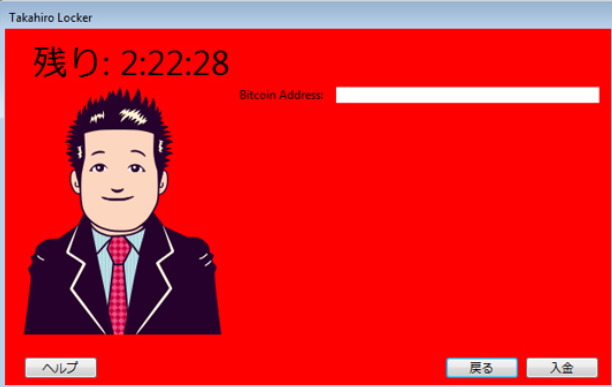
How do computer get infected with Takahiro Locker?
Most ransomware spreads via spam email. Takahiro Locker is not an exception. An infected file is attached to an email and sent to hundreds, maybe even thousands of users. While most users just ignore those letters because they end up in the spam folder, there are those who do open them. If opening spam emails is something you must do, we suggest you take measures to make sure that what you are opening is safe. You can do that by using a reliable search engine to look into the content of the email and the sender. If someone else has gotten a similar email and got Takahiro Locker, do not open the attachment, no matter what the email says. It could try to pressure you into opening it by saying it’s a important document, but remember that with only one click of a button, you could lose all your files. If you did open such an attachment and got infected, remove Takahiro Locker as soon as possible.
What does Takahiro Locker do?
Once it gets onto your computer, it will silently encrypt your files and show you ransom note. The note is in rather polite Japanese and it informs you that your files have been encrypted. The note will explain what the victims needs to do and that is pay ¥30 000 (around $300) for a decryption key. They must pay in 3 days, otherwise, it claims to destroy the files. You should not pay any attention to the demands and delete Takahiro Locker from your computer. We say that because in a lot of cases when dealing with ransomware, the hackers take the money and give nothing in return. So you’re left without your files and money.
Takahiro Locker removal
In order to erase Takahiro Locker, you will need to use anti-malware software. Manual Takahiro Locker removal is too complex for the average computer user so we cannot recommend it. It’s very important that you get rid of Takahiro Locker fully, so follow the directions below.
Offers
Download Removal Toolto scan for Takahiro LockerUse our recommended removal tool to scan for Takahiro Locker. Trial version of provides detection of computer threats like Takahiro Locker and assists in its removal for FREE. You can delete detected registry entries, files and processes yourself or purchase a full version.
More information about SpyWarrior and Uninstall Instructions. Please review SpyWarrior EULA and Privacy Policy. SpyWarrior scanner is free. If it detects a malware, purchase its full version to remove it.

WiperSoft Review Details WiperSoft (www.wipersoft.com) is a security tool that provides real-time security from potential threats. Nowadays, many users tend to download free software from the Intern ...
Download|more


Is MacKeeper a virus? MacKeeper is not a virus, nor is it a scam. While there are various opinions about the program on the Internet, a lot of the people who so notoriously hate the program have neve ...
Download|more


While the creators of MalwareBytes anti-malware have not been in this business for long time, they make up for it with their enthusiastic approach. Statistic from such websites like CNET shows that th ...
Download|more
Quick Menu
Step 1. Delete Takahiro Locker using Safe Mode with Networking.
Remove Takahiro Locker from Windows 7/Windows Vista/Windows XP
- Click on Start and select Shutdown.
- Choose Restart and click OK.

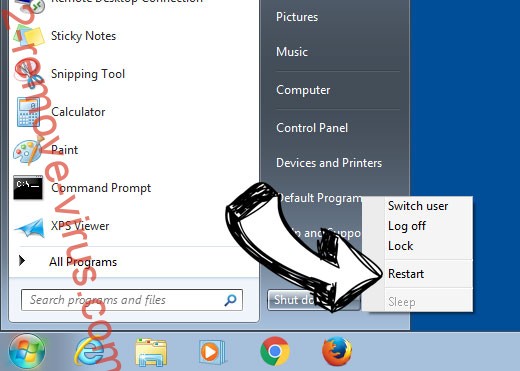
- Start tapping F8 when your PC starts loading.
- Under Advanced Boot Options, choose Safe Mode with Networking.

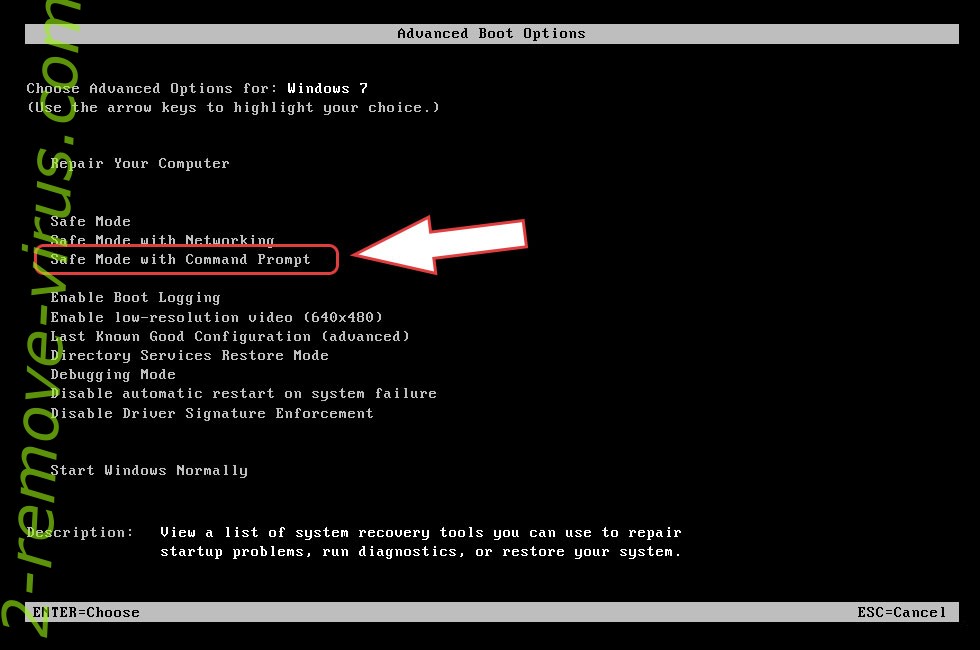
- Open your browser and download the anti-malware utility.
- Use the utility to remove Takahiro Locker
Remove Takahiro Locker from Windows 8/Windows 10
- On the Windows login screen, press the Power button.
- Tap and hold Shift and select Restart.


- Go to Troubleshoot → Advanced options → Start Settings.
- Choose Enable Safe Mode or Safe Mode with Networking under Startup Settings.

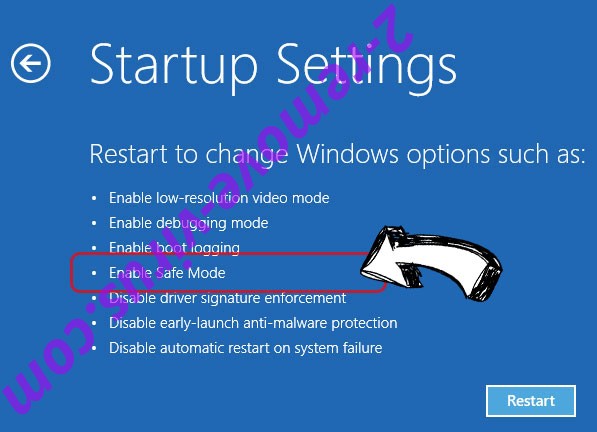
- Click Restart.
- Open your web browser and download the malware remover.
- Use the software to delete Takahiro Locker
Step 2. Restore Your Files using System Restore
Delete Takahiro Locker from Windows 7/Windows Vista/Windows XP
- Click Start and choose Shutdown.
- Select Restart and OK


- When your PC starts loading, press F8 repeatedly to open Advanced Boot Options
- Choose Command Prompt from the list.

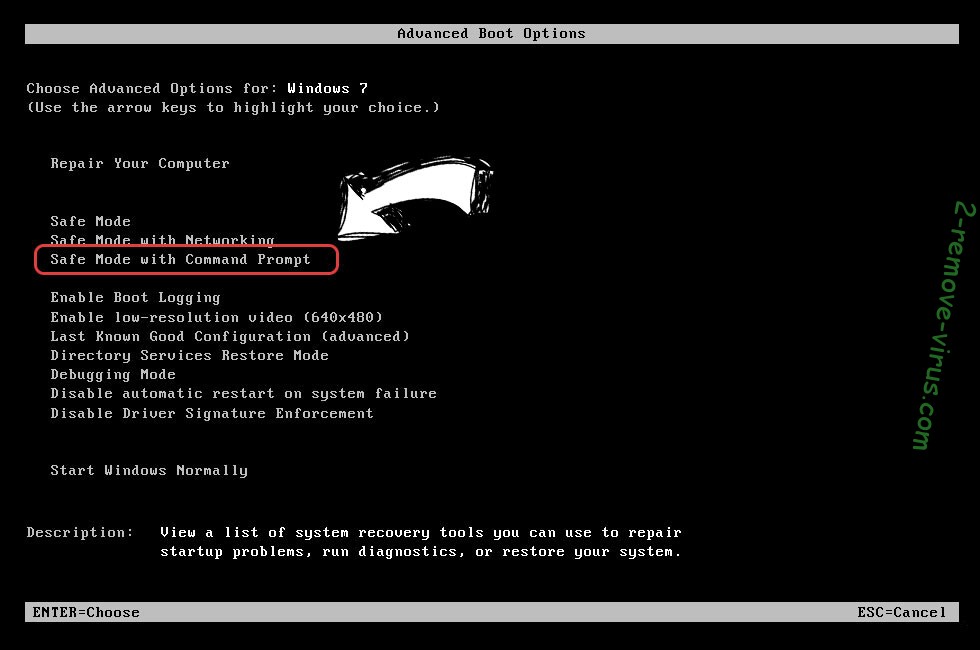
- Type in cd restore and tap Enter.

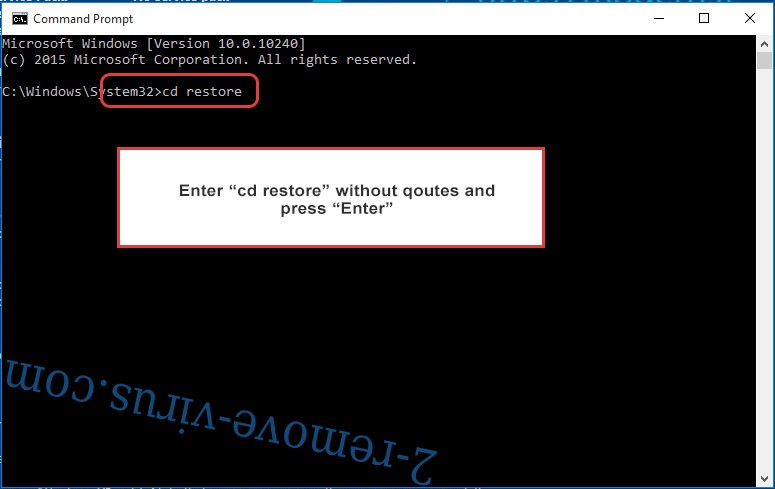
- Type in rstrui.exe and press Enter.

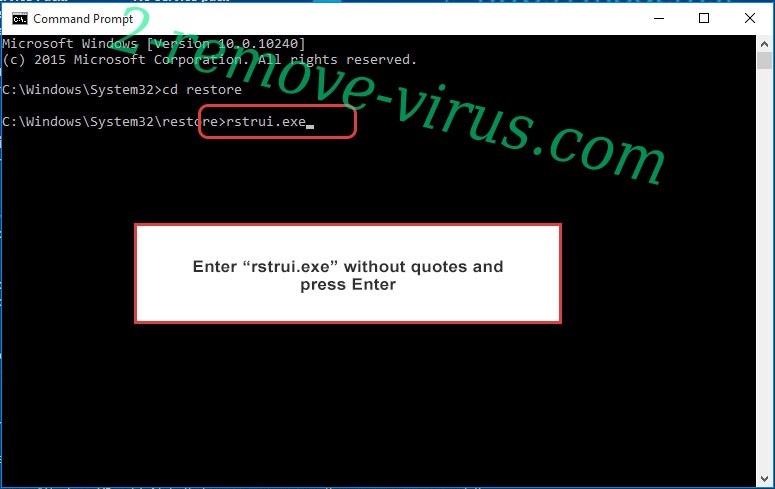
- Click Next in the new window and select the restore point prior to the infection.

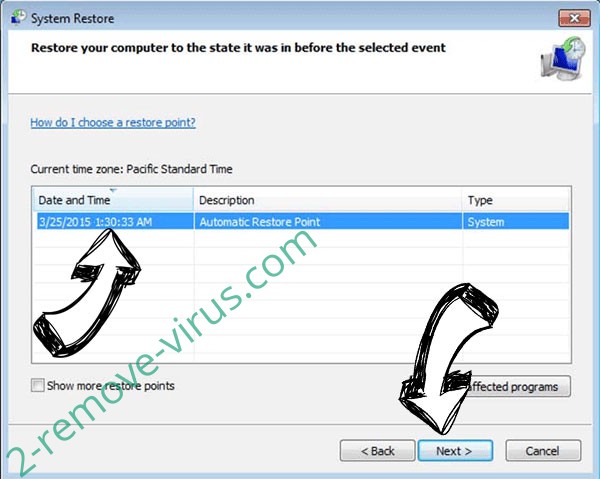
- Click Next again and click Yes to begin the system restore.

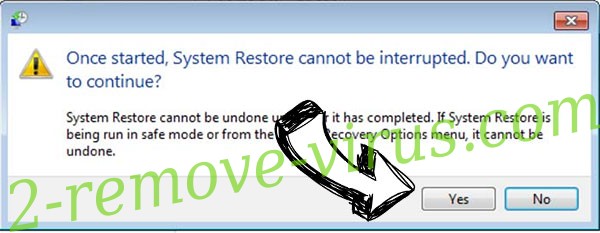
Delete Takahiro Locker from Windows 8/Windows 10
- Click the Power button on the Windows login screen.
- Press and hold Shift and click Restart.


- Choose Troubleshoot and go to Advanced options.
- Select Command Prompt and click Restart.

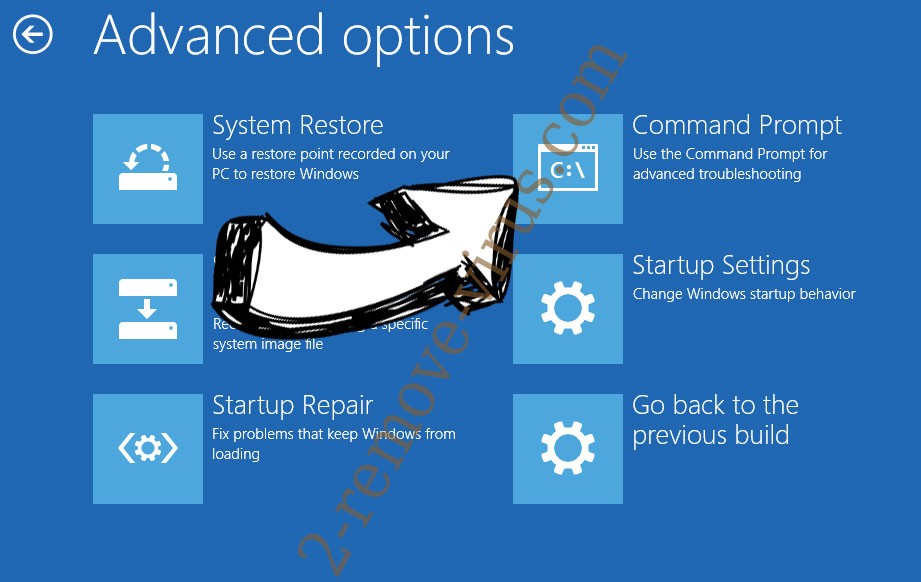
- In Command Prompt, input cd restore and tap Enter.


- Type in rstrui.exe and tap Enter again.


- Click Next in the new System Restore window.

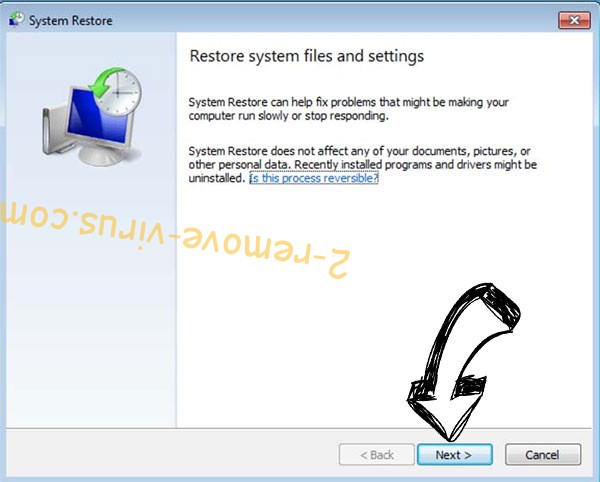
- Choose the restore point prior to the infection.


- Click Next and then click Yes to restore your system.


Site Disclaimer
2-remove-virus.com is not sponsored, owned, affiliated, or linked to malware developers or distributors that are referenced in this article. The article does not promote or endorse any type of malware. We aim at providing useful information that will help computer users to detect and eliminate the unwanted malicious programs from their computers. This can be done manually by following the instructions presented in the article or automatically by implementing the suggested anti-malware tools.
The article is only meant to be used for educational purposes. If you follow the instructions given in the article, you agree to be contracted by the disclaimer. We do not guarantee that the artcile will present you with a solution that removes the malign threats completely. Malware changes constantly, which is why, in some cases, it may be difficult to clean the computer fully by using only the manual removal instructions.
